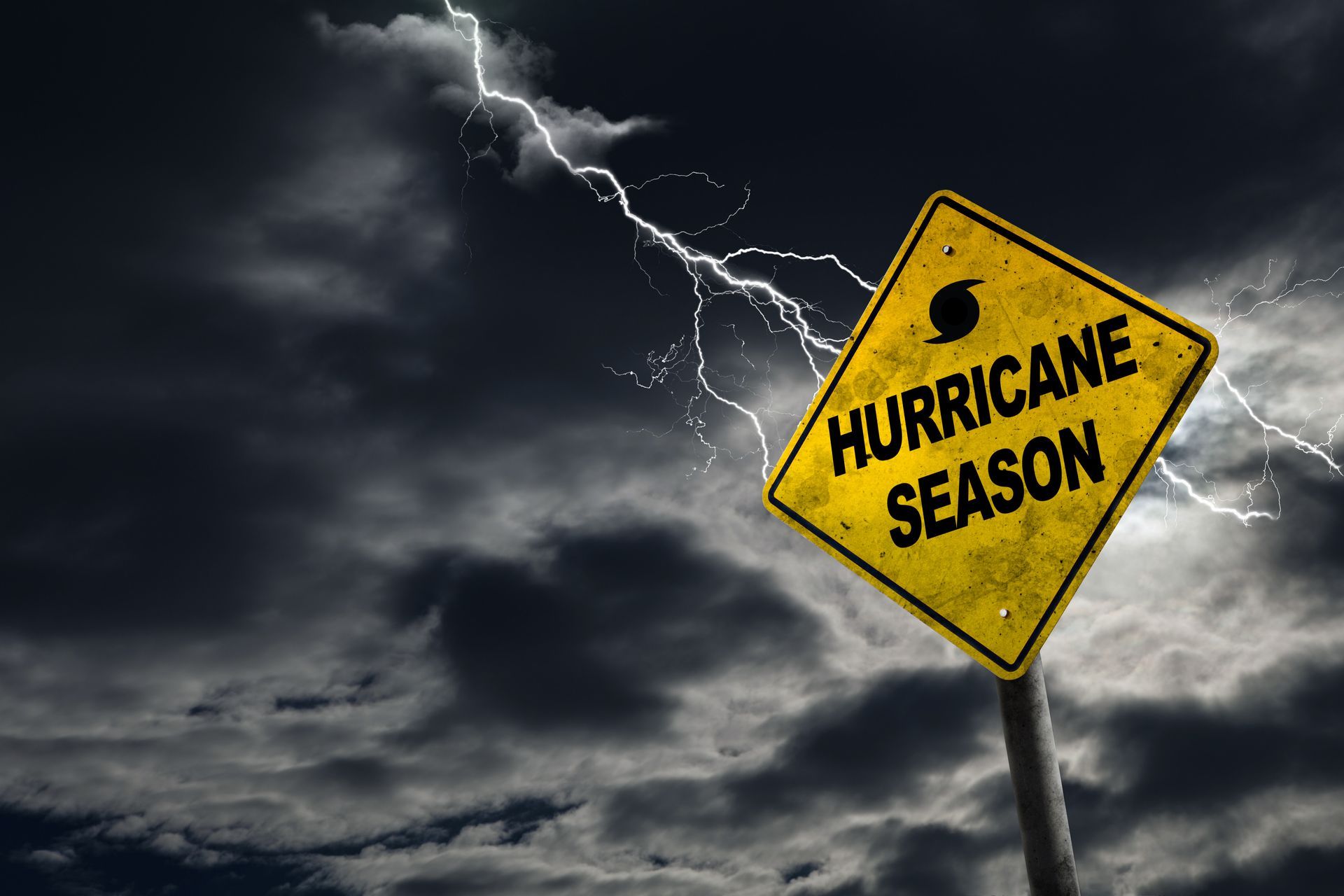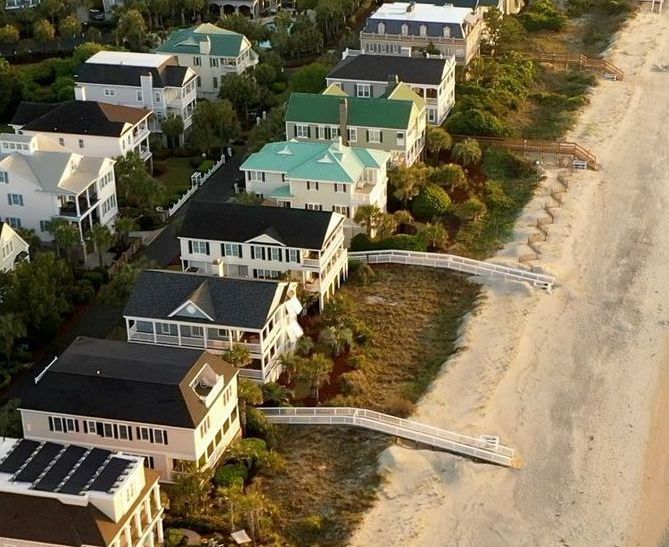Hurricane Safety
Be Prepared and Stay Safe During the Storm

Introduction
Hurricanes are powerful and destructive natural disasters that can cause significant damage to properties and pose serious risks to human life. Being prepared and knowing how to stay safe during a hurricane is essential for everyone living in coastal areas or regions prone to these storms. In this blog, we will explore essential hurricane safety tips to help you and your loved ones stay prepared and protected when facing the fury of a hurricane.
1. Create a Hurricane Preparedness Plan
Developing a comprehensive hurricane preparedness plan is the first step in ensuring your safety during a storm. Know your evacuation routes, emergency shelters, and local authorities' contact information. Discuss the plan with your family, so everyone knows what to do in case of an evacuation or emergency situation.
2. Assemble an Emergency Kit
Prepare an emergency kit containing essential supplies that can sustain you and your family for at least three days. The kit should include non-perishable food items, drinking water, medications, first-aid supplies, flashlights, batteries, a portable radio, hygiene items, important documents, and cash. Keep the emergency kit in an easily accessible location.
3. Secure Your Property
Prior to the hurricane season, inspect and reinforce your property to reduce potential damage. Trim tree branches that could pose a threat to structures, secure outdoor objects, and board up windows and doors with storm shutters or plywood if possible. Consider installing storm-resistant windows and reinforcing garage doors to minimize damage.
4. Stay Informed
Stay informed about the hurricane's progress and updates from local authorities and reputable weather sources. Listen to radio broadcasts and follow updates on social media or official websites. Pay attention to evacuation orders, storm surge warnings, and potential flood risks.
5. Evacuate if Necessary
If local authorities issue evacuation orders, heed their warnings and evacuate to a safe location. Do not wait until the last moment, as roads may become congested or impassable. Follow designated evacuation routes and keep emergency contact information handy.
6. Avoid Flooded Areas
Floodwaters can be deceivingly dangerous. Never attempt to drive, walk, or swim through flooded areas, as the water may be deeper or moving faster than it appears. Flooding is one of the leading causes of hurricane-related deaths, so stay away from flood-prone zones.
7. Stay Indoors During the Storm
Once the hurricane hits, stay indoors and away from windows. Seek shelter in a small, interior room on the lowest level of your home, preferably without windows. Avoid using candles for lighting, as they pose a fire hazard. Instead, use flashlights or battery-operated lanterns.
8. Be Cautious After the Storm
After the hurricane passes, exercise caution when venturing outside. Watch for downed power lines, fallen trees, and flooded areas. Avoid standing water, as it may be contaminated or hide debris. Wait for official clearance before returning to your home or community.
Conclusion
Hurricane safety is all about preparedness, awareness, and timely action. By creating a hurricane preparedness plan, assembling an emergency kit, securing your property, staying informed, evacuating when necessary, avoiding flooded areas, staying indoors during the storm, and being cautious after the storm, you can significantly increase your chances of staying safe during a hurricane. Remember that being proactive and heeding official warnings are crucial for protecting yourself, your family, and your property in the face of this formidable natural force.



